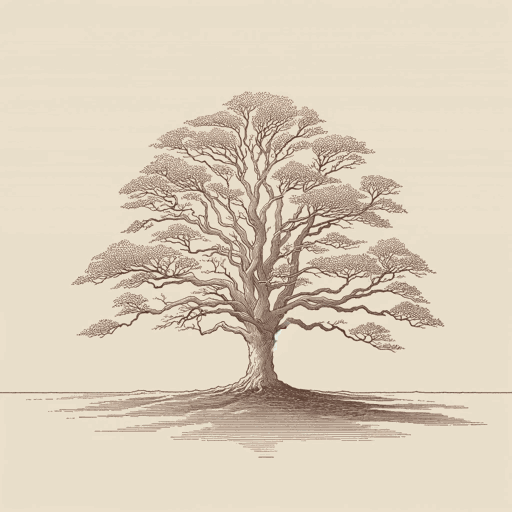71 pages • 2 hours read
Charles Brockden BrownWieland
Fiction | Novel | Adult | Published in 1798A modern alternative to SparkNotes and CliffsNotes, SuperSummary offers high-quality Study Guides with detailed chapter summaries and analysis of major themes, characters, and more.
Symbols & Motifs
Ventriloquism
Brown was heavily criticized for the use of ventriloquism as a plot device. It fails on two accounts. First, it is not clearly foreshadowed. In a mystery, which this story is at least in part, it is considered good form for the writer to provide the reader with all the major pieces of information they might need to solve the mystery, such that when the solution is revealed, the reader has a cathartic sense that the solution is inevitable. When the author appears to withhold crucial information, the reader feels disappointment or even irritation, as if the author has cheated. The only hint at an explanation for the phenomenon of the disembodied voices is when Carwin tells the Wielands about a variety of ways that one might produce effects similar to the voices in the temple and in Clara’s closet, but ventriloquism itself is never hinted at.
Second, the strained device of ventriloquism might have passed muster if Carwin had presented himself as a more sinister character in his confession. Instead, his confession to Clara seems more self-serving and pitiable than dreadful. Carwin is revealed as a childlike character, a bumbler, and an “imp of mischief,” as Henry calls him, and all the grief, death, and disaster is brought about by a puerile trick.
Related Titles
By Charles Brockden Brown


